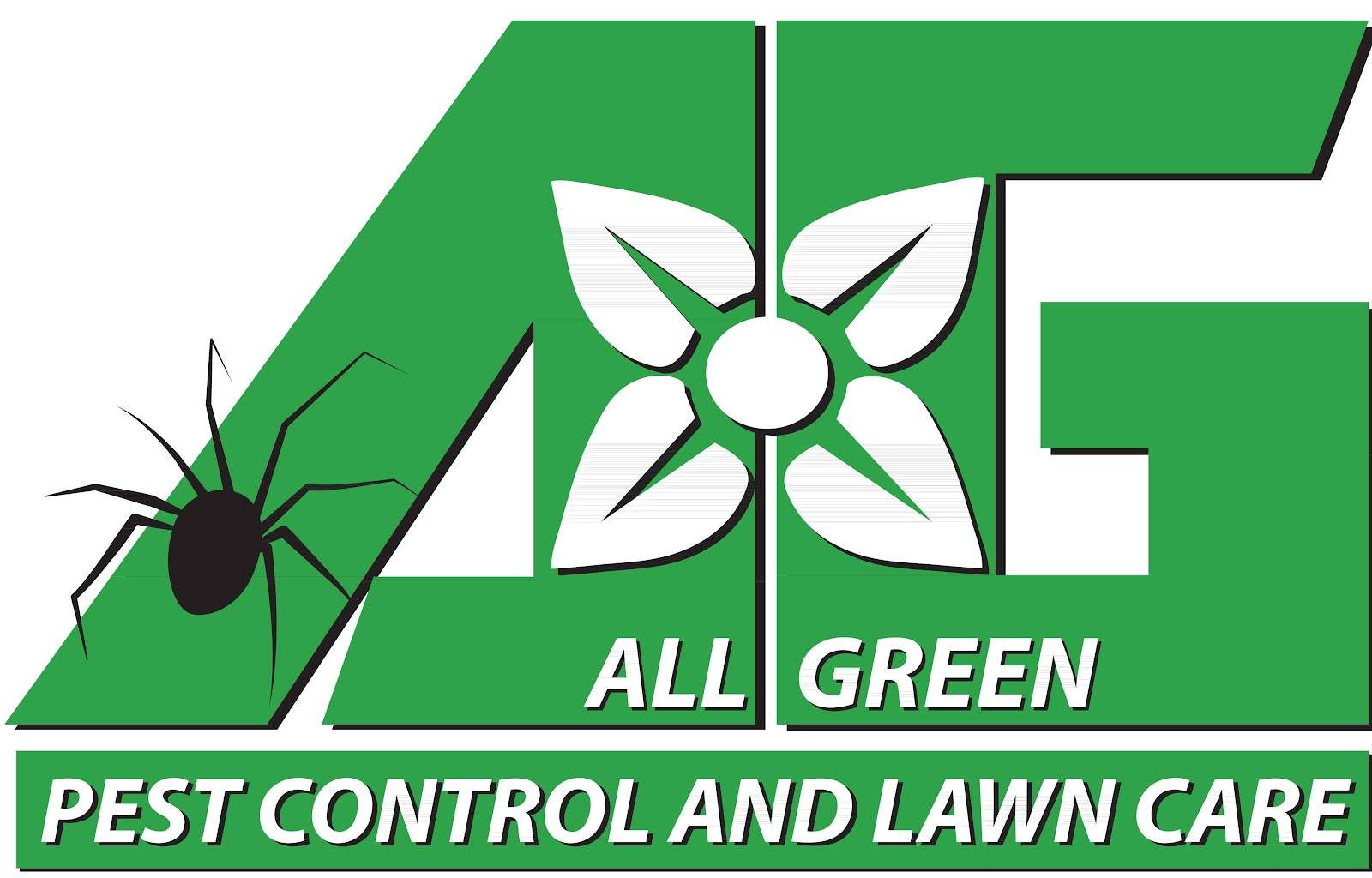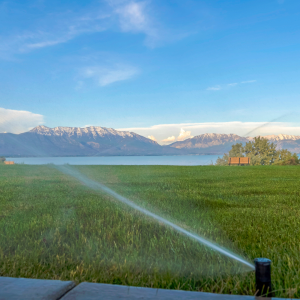When Is the Best Time to Turn On Sprinklers for Lawn Care In My Climate Region?
Determining the optimal time to activate your lawn’s sprinkler system is crucial for maintaining a healthy and vibrant yard. This timing varies across the United States due to diverse climate zones and is influenced by several key factors, including air and soil temperatures, soil moisture levels from winter precipitation, grass types, and soil compositions. Below is a comprehensive guide, segmented by major U.S. climate zones, to help you decide when to start watering your lawn.
1. Cool-Season Regions (Northeast, Midwest, Pacific Northwest)
Characteristics: These areas experience cold winters with substantial snowfall and moderate summers.
Optimal Time to Start Sprinklers:
In cool-season regions, it’s advisable to wait until after the last average frost date before activating your sprinkler system. This date varies but typically falls between late April and early May. Starting too early can risk freeze damage to your irrigation system. Better Homes & Gardens
Key Considerations:
- Air and Soil Temperatures: Ensure consistent daytime temperatures above 40°F and soil temperatures that have thawed adequately to allow water absorption. Better Homes & Gardens
- Soil Moisture Levels: Spring rains often provide sufficient moisture. Monitor soil moisture to avoid overwatering. Hall Stewart Blog
- Grass and Soil Types: Cool-season grasses like Kentucky bluegrass thrive in these regions. Understanding your soil’s drainage capacity is essential for effective watering. Missouri Extension
2. Warm-Season Regions (Southeast, Gulf Coast)
Characteristics: These zones have mild winters and hot, humid summers.
Optimal Time to Start Sprinklers:
In warm-season regions, sprinkler systems can often be activated earlier, around late February to early March, as the risk of frost diminishes sooner. Better Homes & Gardens
Key Considerations:
- Air and Soil Temperatures: Ensure that both air and soil temperatures are consistently above 50°F to support active grass growth.
- Soil Moisture Levels: While winter precipitation is lower, spring rains can contribute to soil moisture. Adjust watering schedules based on current conditions. Hall Stewart Blog
- Grass and Soil Types: Warm-season grasses like Bermuda and Zoysia are prevalent. Sandy soils common in these areas may require more frequent watering due to faster drainage. Lawn Love
3. Transitional Zones (Mid-Atlantic, Lower Midwest)
Characteristics: These areas experience a mix of cool and warm-season climates, with variable winters and hot summers.
Optimal Time to Start Sprinklers:
For transitional zones, it’s best to activate sprinkler systems in late March to early April, after the last expected frost and when temperatures are consistently mild. Better Homes & Gardens
Key Considerations:
- Air and Soil Temperatures: Aim for consistent temperatures above 45°F.
- Soil Moisture Levels: Assess soil moisture, especially after winter snowmelt, to prevent overwatering. Missouri Extension
- Grass and Soil Types: Both cool-season and warm-season grasses can be present. Soil types vary, so tailor watering practices accordingly.
4. Arid and Desert Regions (Southwest, Parts of California)
Characteristics: These regions have minimal rainfall, mild winters, and extremely hot summers.
Optimal Time to Start Sprinklers:
In arid regions, irrigation may be necessary year-round due to limited natural precipitation. However, it’s essential to adjust watering schedules based on seasonal temperature fluctuations. Better Homes & Gardens
Key Considerations:
- Air and Soil Temperatures: Even in winter, temperatures can be mild, but monitor for occasional cold snaps.
- Soil Moisture Levels: Low precipitation means soil moisture is often insufficient, necessitating regular irrigation. Better Homes & Gardens
- Grass and Soil Types: Drought-resistant grass species and sandy soils are common, requiring tailored watering strategies to conserve water. Lawn Love
Primary Factors Influencing Sprinkler Activation Timing
Regardless of your climate zone, several universal factors should be considered when deciding when to start your sprinkler system:
- Air Temperature: Activating sprinklers when temperatures are consistently above freezing prevents potential damage to the system. Better Homes & Gardens
- Soil Temperature: Soil should be thawed and warm enough to absorb water effectively, promoting healthy root growth.
- Soil Moisture from Precipitation: Evaluate soil saturation levels resulting from winter snow and spring rains to adjust watering schedules and prevent overwatering. Hall Stewart Blog
- Grass Type: Different grass species have varying water requirements and growth patterns, influencing when and how much to water. Lawn Love
- Soil Type: Soil composition affects water retention and drainage, guiding irrigation frequency and duration. Missouri Extension
By considering these regional guidelines and primary factors, you can optimize your lawn’s health and ensure efficient water usage throughout the growing season.
Don’t forget to prepare your lawn care equipment for the season, too! Also, watering affects when spiders and insects become more active in the spring, so check out our blog about when spiders, bugs, and insects become more active in the spring!

